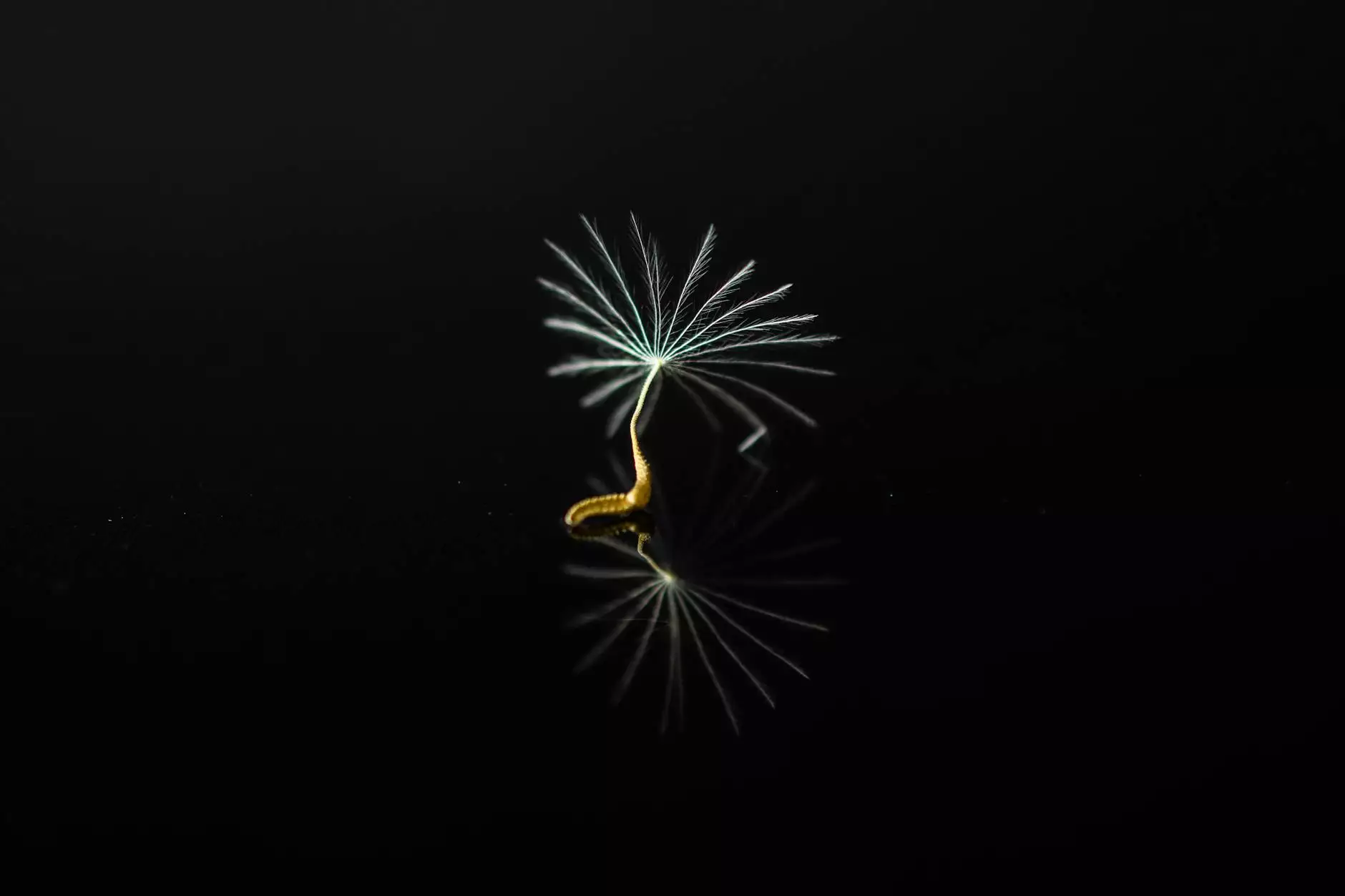Flash Fiction: An Art of Concise Storytelling
Blog
Flash fiction is a genre of short story that has gained popularity for its brevity and impact. In the world of literature, flash fiction is known for delivering powerful narratives within a compact word count. Let's explore the intriguing world of flash fiction and understand what makes it unique.
What is Flash Fiction?
Flash fiction, also known as micro-fiction or sudden fiction, is a form of storytelling that encapsulates an entire narrative in a concise manner. While there is no strict word count universally agreed upon for flash fiction, it typically ranges from as low as 300 words to 1,000 words. The essence of flash fiction lies in its ability to deliver a complete story arc in a limited space.
Characteristics of Flash Fiction
One of the key characteristics of flash fiction is its focus on brevity and precision. Writers need to convey emotions, themes, and character development in a compressed format, making every word count. The challenge of crafting a compelling story within a limited word count is what makes flash fiction a captivating genre.
How Many Words is Flash Fiction?
As mentioned earlier, the word count for flash fiction can vary, but most pieces fall within the range of 300 to 1,000 words. Some publications may accept flash fiction pieces that are slightly longer, but the essence of the genre lies in its conciseness and efficiency in storytelling.
Writing Flash Fiction
When it comes to writing flash fiction, aspiring authors must master the art of selecting impactful details and crafting evocative prose. Every sentence in a flash fiction piece should contribute to the overall narrative, creating a cohesive and engaging reading experience for the audience.
Defining Flash Fiction
Flash fiction can be defined as a short and focused narrative that aims to evoke powerful emotions within a limited space. By leveraging symbolism, suspense, and precise language, writers can create impactful stories that resonate with readers long after they finish reading.
Length of Flash Fiction
While the length of flash fiction may vary, the key is to capture a moment, emotion, or concept concisely and effectively. By eliminating unnecessary details and focusing on crisp storytelling, writers can deliver memorable and thought-provoking narratives in a short span.
Crafting Memorable Flash Fiction
To create memorable flash fiction pieces, writers must hone their editing skills and refine their storytelling abilities. By experimenting with structure, dialogue, and imagery, authors can craft captivating stories that leave a lasting impact on readers.
Exploring Flash Fiction Themes
Flash fiction allows writers to explore a wide range of themes in a succinct manner. From love and loss to science fiction and horror, the genre offers endless possibilities for creative expression and artistic innovation.
Unlocking the Potential of Flash Fiction
By understanding the fundamentals of flash fiction and mastering the art of concise storytelling, writers can unlock the full potential of this dynamic genre. Whether you are a seasoned author or an aspiring writer, exploring the world of flash fiction can inspire creativity and spark new ideas for your future literary endeavors.
Conclusion
Flash fiction is not just a writing style; it is a creative art form that challenges authors to craft compelling narratives within a limited space. By embracing the unique constraints of flash fiction and pushing the boundaries of storytelling, writers can create captivating stories that resonate with readers across the globe.



